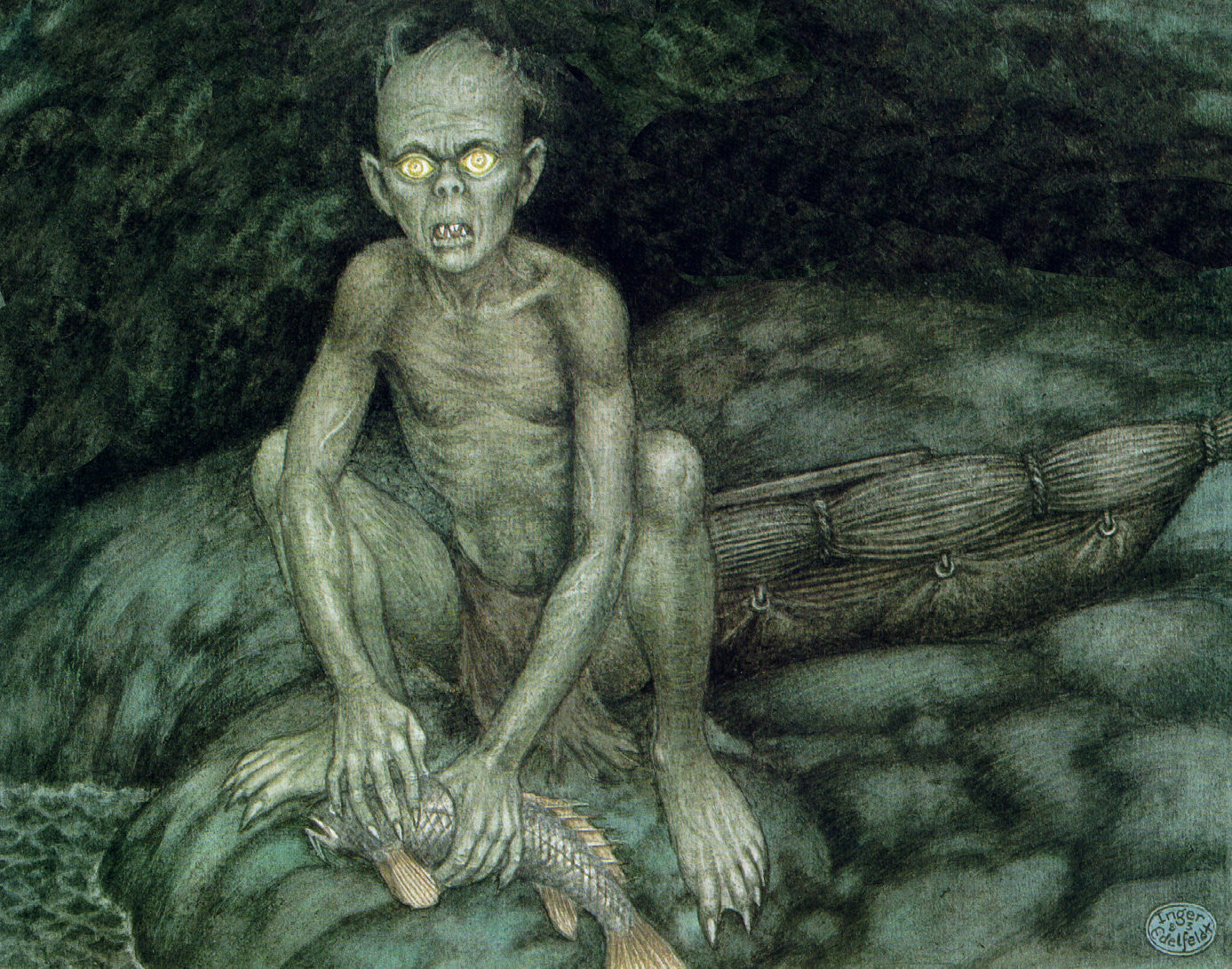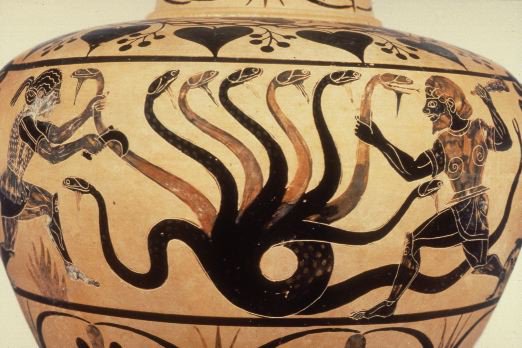Today marks one month of Write Point of View. To celebrate, let’s do something different this week.
I’ve been reading
Dialogue: Techniques and exercises for crafting effective dialogue
by Gloria Kempton. Though I can’t say this book will change your life forever, she did bring up a few things the sparked ideas.
One in particular centers on the principal of finding a character’s voice. This is something I personally struggle with in many respects. After spending 75,000 words with the same characters, they seem to fall into one of two camps. Either they have become distinct voices that I can use during revision and thereby create a unique personality. Or, they all start to sound alike - speech patterns, vocabulary, etc. This especially rings true when their motives and backgrounds are similar.
So for today’s blog, I thought I’d explore some specific personality traits that can help bring life to your characters. Real people whether good natured friends, neighbors down the street, or perfect strangers have certain personality traits that are hard to mask. This is brought even more to the forefront in fiction, where we try to bring a hint of melodrama into dialogue. After all, who wants to read a boring book about boring people, right?
Quote from
The Enneagram Made Easy
by Renee Baron and Elizabeth Wagele:
The Enneagram is a study of the nine basic types of people. It explains why we behave the way we do, and it points to specific directions for individual growth. It is an important too for improving relationships with family, friends, and co-workers.
The roots of the Enneagram go back many centuries. Its exact origin in not known, but it is believed to have been taught orally in secret Sufi brotherhoods in the Middle East. The Russian mystical teacher G. I. Gurdjieff introduced it to Europe in the 1920s, and it arrived in the United States in the 1960s.
To paraphrase, the Enneagram personalities are a classification system we can harness to develop better characters through more realistic and diverse motives. I’ll let you do your own reading further into this study, but for now, I’ll present the nine personalities of the Enneagram as a place to start.
Footnote: On a side note, you may see/hear these personalities called by many diffeernt names - but they all generally mean the same thing.
#1 - The Reformer / Perfectionist
This personality type knows they are right and you are wrong. They do not do this out of malice or for posturing, necessarily. Typically, the reformer wants to help make you right by informing you that you’re wrong. I don’t mean to bring religion into this conversation, but religious zealots can fall into this group with the goal of enlightening others. In fiction, Hermione Granger of
Harry Potter
fame comes immediately to mind.
#2 - The Giver / Supporter
This person will give of themselves until it hurts. It doesn’t matter if they agree with what’s happening or not, they (for whatever reason) can’t stand to see other people wanting. The Giver is often taken advantage of, but it doesn’t stop them from wanting to provide whatever they can. When I think of the Giver, I often consider a battlefield nurse during the early days of the Red Cross. You might also find this personality in an abused housewife, who donates all of her love to an unworthy husband. What about the woman who watches their neighbor’s kids, even though thaty can’t stand the brats -- brings a cake to the birthday party they were invited to -- or loans money to help pay bills knowing full well they may never get it back. Givers are typically women. It’s been bred into today’s society. But, that doesn’t mean men can’t fall into this personality as well.
#3 - The Achiever / Motivator
Here’s someone that’s always on the go. They are motivated by their own brand of success and will do anything it takes to get there. I think of the young urban professional (YUPY) when this personality comes to light, always on the go, always something to do. Achievers keep their schedule book full and rarely have time for other things that might detour them from their goals. These are the movers and shakers and nothing is going to slow them down.
#4 - The Artist / Romantic
Oh, to be a drama queen! Artists range from unbound highs to depressing lows. They have unachievable goals and always look to something greater, but they rarely see themselves able to attain those goals. Artists make mountains out of molehills. Although they are full of creative ideas and warm up to people fairly well, these are the same folks who burst into tears at the drop of a hat, angrily shout at others before they can gain control of their words, and express terror before there’s anything to be afraid of.
#5 - The Observer / Thinker
The Observer is the quiet one -- the wallflower in the corner during their homecoming dance. This personality doesn’t say much. They prefer to watch from a distance and only interact when absolutely necessary. When they do finally speak, they tend to blurt to the point where they won’t shut up. :) These can be fun characters because they are highly introverted. If they are a POV character, we explore them more through internal rather than external dialogue. When they are not a POV character, it’s harder to let the reader know what’s going on in her mind -- but when she does finally express herself, watch out!
#6 - The Questioner / Loyalist
These people question everything: “What are you doing? What will the neighbors think? Do you think that outfit is appropriate for school? When are you going to take the trash out? Do you like giving me all this grief?”
This personality is often concerned about what other people think of them and their family. They are constantly concerned about being embarrassed and want nothing to happen that could set their neighbors against them. What’s fun about this personality is that they almost always throw questions into their dialogue -- typically replacing statements about how they feel with rhetorical questions.
#7 - The Adventurer / Generalist
The Adventurer just simply loves life. Everything takes on a happy tone. They see the good in all things. “She’s in a better place now.” “I love the rain. Everything smells so fresh afterward.” She’s usually working on one project or another or jet setting about on interesting travels to exotic places.
#8 - The Leader / Protector
The Leader is the one in command. They speak with authority and everyone else tends to listen. These people are constantly worried about looking stupid, so they will do anything in their power to prevent it. It doesn’t matter if people like them or not just so long as they don’t make a fool of themselves. They also have a strong drive to protect the ones they love. In fact, it’s been said that many criminals have a Leader personality and end up in trouble because of their own contrived sense of defending their loved ones.
#9 - The Peacemaker / Diplomat
The Peacemaker is a combination of several other personalities. Their primary focus is to keep people coming together, find compromises amongst them, and better society as a whole. The Peacemaker just wants to get along with everyone they come into contact with. Like the Giver, the Peacemaker, in her attempt to help everyone cope, will often forget about their own needs. Unlike the Giver, the Peacemaker does this because they are less worried about their own desires and can simply forget them.
Conclusion
So this is one way to find your character's voice. Think about the characters in your fiction. Chances are, they fall closely into one of the above categories. What can you do to bring out more of that personality into your fiction through internal and external dialogue? Consider bringing these traits to the surface for your reader's enjoyment.










